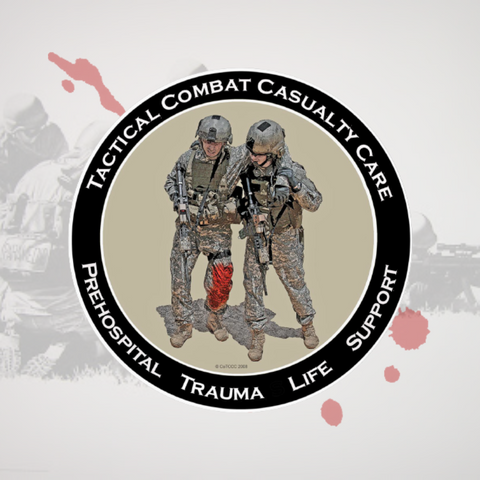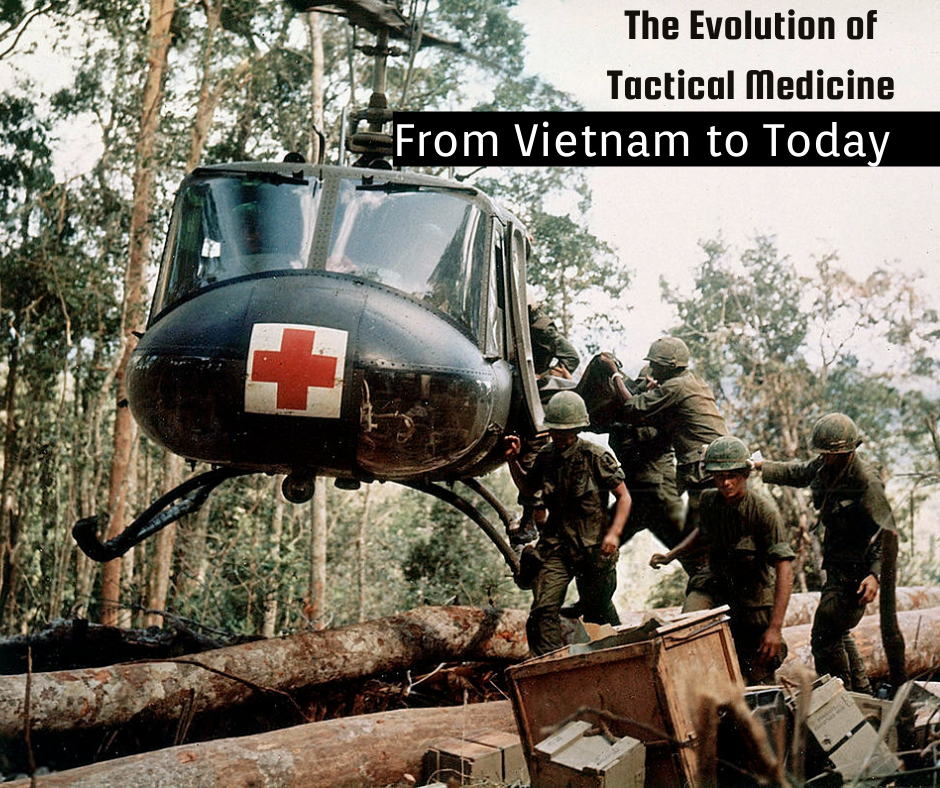Tactical medicine has come a long way since it was first developed during the Vietnam War. In this blog post, we will take a look at the history of tactical medicine, from its early origins to the advanced techniques and equipment used today. We will also examine the challenges and opportunities facing the field in the future.
The origins of tactical medicine can be traced back to the Vietnam War, where medical personnel were faced with the unique challenges of providing care in a combat environment. The injuries sustained by soldiers were often severe and required immediate attention, and the austere conditions in the field made providing care difficult. To address these challenges, a new form of medicine was developed, known as Tactical Combat Casualty Care (TCCC).

TCCC was designed to provide medical care to soldiers in the field as quickly and effectively as possible. It emphasized the importance of providing care within the first "golden hour" after injury, when the chances of survival are highest. This approach was based on the principle that "care under fire" was critical to saving lives, and that medics should be able to provide care while the battle was still ongoing.

In the years since the Vietnam War, tactical medicine has continued to evolve. Advances in technology, such as improved body armor and communication systems, have made it possible to provide care in even more challenging environments. Additionally, the field of tactical medicine has expanded to include not just military personnel, but also law enforcement officers and other first responders.
Today, tactical medicine teams are made up of specially trained medical personnel, including paramedics, nurses, and physicians. They are equipped with advanced medical equipment, such as tourniquets and chest seals, and are trained to provide care in a wide range of environments, from urban settings to wilderness areas.
Despite the advances in technology and training, there are still challenges facing the field of tactical medicine. One of the biggest challenges is the need to adapt to an ever-changing threat environment. As new types of incidents, such as active shooter incidents, become more common, tactical medicine teams must be able to adapt their training and equipment to meet these new challenges.
The future of tactical medicine looks bright, with new technologies and techniques constantly being developed. Virtual reality training, for example, is becoming more prevalent, allowing teams to train in realistic simulations of high-risk situations. Additionally, telemedicine is being used to provide remote medical support to teams in the field, allowing teams to access specialized care in real-time.
In conclusion, the evolution of tactical medicine has been a journey that has taken it from its humble beginnings in the Vietnam War to the advanced and sophisticated field it is today. The field faces new challenges every day but through continued training, research and development, and teamwork, it will continue to save lives in high-stress, high-risk scenarios.

